Two U.S. Navy destroyers, the USS Stockdale (DDG 106) and USS O’Kane (DDG 77), successfully repelled Houthi-launched attacks in the Gulf of Aden on December 9–10, according to a statement from U.S. Central Command (CENTCOM).
The destroyers were escorting three U.S.-owned and flagged merchant vessels when they encountered multiple threats, including one-way attack uncrewed aerial systems (OWA UAS) and an anti-ship cruise missile (ASCM).
All threats were neutralised without injury or damage to any vessels or personnel involved, ensuring the safety of the convoy as well as nearby civilian ships and their crews.
This incident follows a similar event on November 30–December 1, during which the same destroyers successfully thwarted another attack by Iran-backed Houthi forces.
CENTCOM emphasised that these actions underscore the U.S. military’s ongoing commitment to safeguarding personnel, regional partners, and international shipping in the face of persistent threats from Iran-backed actors.
In its statement, CENTCOM highlighted the role of U.S. forces in maintaining the security of critical maritime routes, stating: “These actions reflect the ongoing commitment of CENTCOM forces to protect U.S. personnel, regional partners, and international shipping against attacks by Iran-backed Houthis.”
CENTCOM Forces Defeat Houthi Attacks on U.S. Navy and U.S.-Flagged Ships in the Gulf of Aden.
U.S. Navy destroyers USS Stockdale (DDG 106) and USS O’Kane (DDG 77) successfully defeated a range of Houthi-launched weapons while transiting the Gulf of Aden, Dec. 9 – 10.
The… pic.twitter.com/Jz4AtqBuEL
— U.S. Central Command (@CENTCOM) December 10, 2024
“CENTCOM Forces Defeat Houthi Attacks on U.S. Navy and U.S.-Flagged Ships in the Gulf of Aden. U.S. Navy destroyers USS Stockdale (DDG 106) and USS O’Kane (DDG 77) successfully defeated a range of Houthi-launched weapons while transiting the Gulf of Aden, Dec. 9 – 10.
The destroyers were escorting three U.S. owned, operated, and flagged merchant vessels. The reckless attacks resulted in no injuries and no damage to any vessels, civilians or U.S. Naval. The destroyers successfully engaged and defeated multiple one-way attack uncrewed aerial systems (OWA UAS), and one anti-ship cruise missile (ASCM), ensuring the safety of the ships and their personnel, as well as civilian vessels and their crews. During a transit on Nov. 30 – Dec. 1, the destroyers successfully defeated an Iran-backed Houthi attack.
These actions reflect the ongoing commitment of CENTCOM forces to protect U.S. personnel, regional partners, and international shipping against attacks by Iran-backed Houthis.”


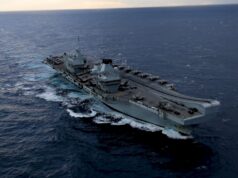
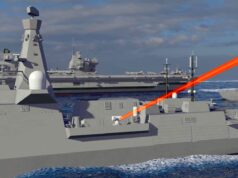
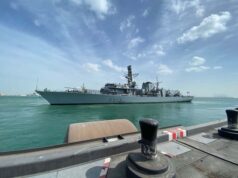
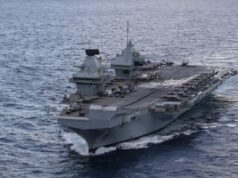
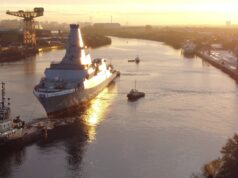
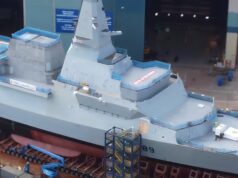
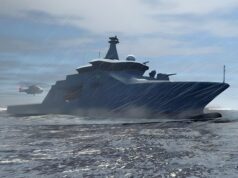
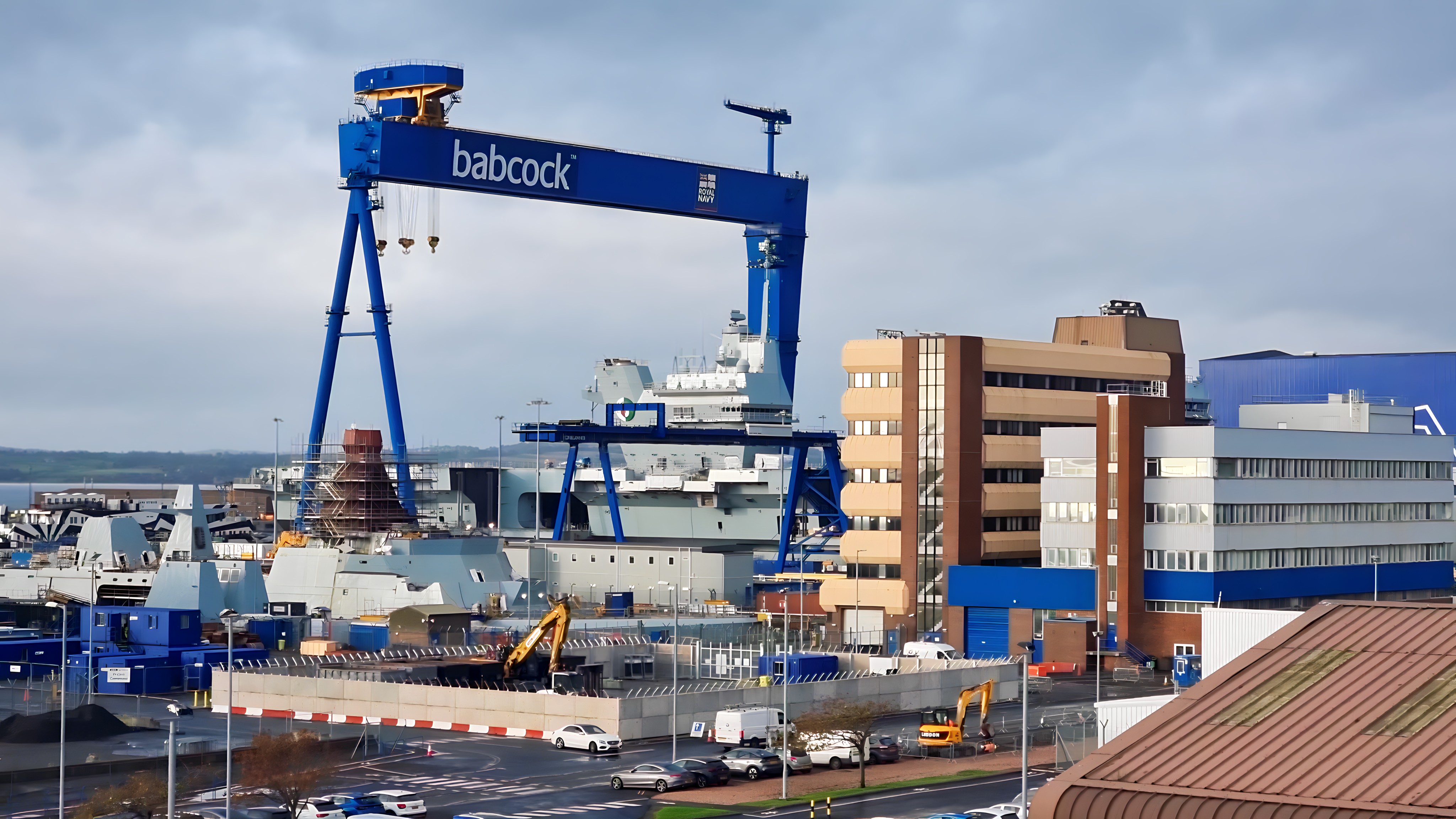

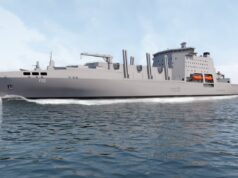

In August 2024, the Pentagon announced that it had used $1.16B in missiles to defend shipping in the Red Sea from Houthis attacks. I wonder how much they have been spent now? Diamond’s use of Aster probably palls into insignificance compared to what the USN have fired. There are certain groups stating that the Red Sea operations although have successfully defended most ships from attacks. The actual operation has not been a success, as the Houthis are still free to fire upon shipping. It will probably require boots on the ground to provide a more robust response to the Houthis.
yes its incredibly difficult problem to solve as the houthies have their missiles/drones on truckbeds spread throughout the country in garages, caves etc and just pull them out when its time to use. same probably israel has always had with hamas rockets. i think for the US navy the real world testing of their systems has been invaluable.
From what I’ve read, even though USS Carney (AB destroyer) has had a predominantly AAW fit for their VLS. It quickly became apparent after taking out 50+ threats, that a ship can quite easily run dry of missiles.
The upshot of this is that the USN has made it a priority to solve reloading the Mk41 VLS at sea. The second is the unshelving of BAe’s hypervelocity projectile (HVP) fired by the 5” gun. This program was quietly shelved prior to the Red Sea Houthis threat. The mass use of cheap suicide drones and a ready supply of Iranian anti-ship missiles has clearly demonstrated that a ship needs a high and low technology mix to counter these types of threats. The HVP did do a large number of successful intercept trials, against both slow and high speed threats. But crucially it can do this out to at least 20 miles (32km), it can hit fixed targets out to 50 nautical miles (93km). Which means it can engage significantly more targets before threats can get within CIWS range.
The lesson to take away from this is that the T45 actually did ok, against the Houthis threat. But like the Carney, Diamond had to port in Gibraltar to re-arm. As far as I know, Aster cannot be reloaded into Sylver VLS whilst at sea. The magazine of 48 Asters did highlight how quickly it could be depleted when faced by a continuous threat. So the introduction of CAMM can’t come soon enough. But is an additional 24 CAAM enough?
The other T45 issue is the Mk8 4.5 gun. It currently can’t be used against air targets as it’s apparently missing the software. How easy a fix is it to install this and remedy this lack of capability? As pumping a load of proximity/timed fuzed shells down range, against slow moving drones, is I think bit of a no brainer. Better than wasting an Aster/CAAM or waiting for drones to get in effective range of the DS30 and Phalanx!
French reloaded Aster at sea.
Yes 4.5 back to AA. Phalanx range is too close ideal for an easy enemy overmatch.